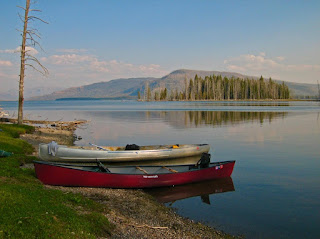There are several reasons why cell phone coverage in national parks can be bad:
- Remote location: National parks are often located in remote areas, which can make it challenging to provide cell coverage. The terrain and distance from cell towers can make it difficult for signals to reach these areas.
- Limited infrastructure: National parks are designed to preserve the natural environment, which means that there may be limited infrastructure in these areas. This can make it challenging to install cell towers or other connectivity infrastructure.
- Environmental concerns: National parks are protected areas that are designed to preserve the natural environment. Building cell towers or other infrastructure can impact the landscape, wildlife, and other natural resources in the area.
- High visitor volume: National parks attract millions of visitors each year, which can place a strain on the existing cell network infrastructure. This can lead to slower data speeds, dropped calls, and other connectivity issues.
Overall, the combination of remote location, limited infrastructure, environmental concerns, and high visitor volume can make it challenging to provide reliable cell phone coverage in national parks. However, there are several strategies that can be used to improve connectivity, as outlined in my previous answer.
Improving mobile phone service in national parks can be a complex task, but there are a few strategies that can help to enhance connectivity for visitors:
- Build more cell towers: National parks are often located in remote areas, which can make it challenging to provide cell coverage. However, building additional cell towers in or around national parks can help to extend service to these areas.
- Use signal boosters: Signal boosters can help improve connectivity in areas where cell coverage is weak. These devices work by amplifying the existing signal, making it easier for mobile phones to connect to the network.
- Install Wi-Fi hotspots: Another option is to install Wi-Fi hotspots in strategic locations within the national park. This can provide visitors with access to the internet and enable them to stay connected, even if there is no cell coverage.
- Implement satellite-based solutions: Satellite-based solutions can also be used to improve connectivity in national parks. For example, companies like Globalstar and Iridium offer satellite phones and data plans that can be used in remote areas.
- Partner with service providers: National parks can partner with service providers to improve connectivity. This can involve working with telecom companies to build cell towers or working with satellite providers to provide satellite-based solutions.
It's important to note that while improving connectivity in national parks can enhance the visitor experience, it's also important to balance this with the preservation of the natural environment. National parks should prioritize minimizing the impact of any infrastructure development on the environment and wildlife.
Related Articles:
Cell Coverage in Yellowstone National Park
Cell Coverage in Yosemite National Park




